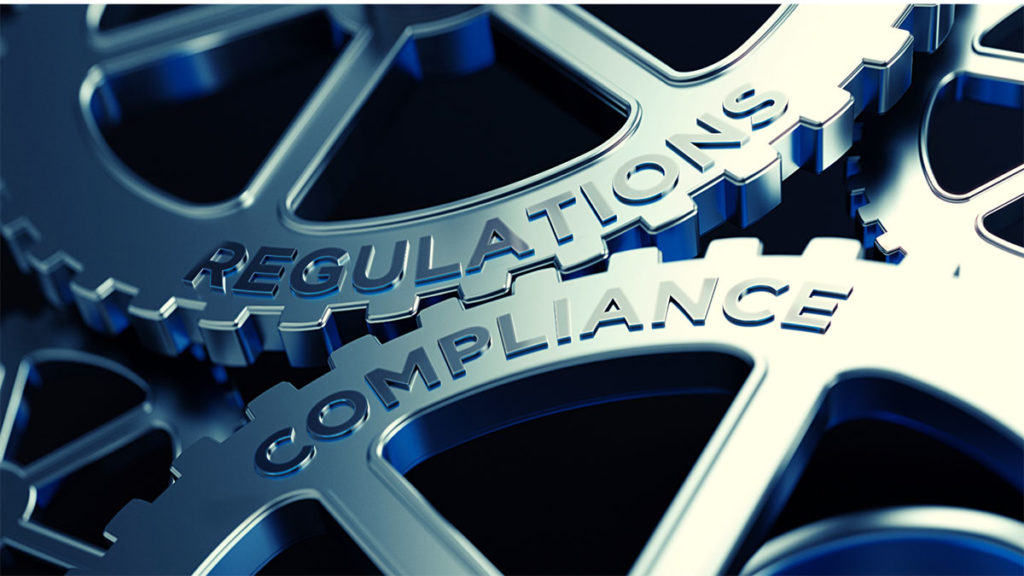Implementing a strong strategy is essential for organizations to adhere to compliance in today’s complex and changing regulatory environment. This is important in order to avoid violations that can cause significant financial penalties and tarnish one’s business reputation. Let’s take a look at what regulatory compliance is and why it is so necessary.
What is Regulatory Compliance and Why is it Important?
Regulatory compliance is when organizations or businesses have to follow standards, guidelines, and regulations set by federal, international and state laws. If businesses are not operated according to these laws and regulations, it can result in heavy penalties and legal punishment.
The requirements of regulatory compliance differ based on the type of business and the industry. For instance, for power utilities in America, it involves observing certain standards and rules set by the North American Electric Reliability Corporation (NERC). Power utilities have to make sure their entities are NERC compliant in order to avoid penalties and to safeguard their business reputation.
It can be overwhelming to deal with, especially when authorities around the world keep coming up with new regulations. Also, it is not always easy to understand the different standards and procedures that organizations are required to follow. The good news is that there are digital tools available, as well as experts who can help you stay compliant. Here are a few essential steps you should take to ensure that your organization is meeting regulatory compliance.

8 Steps to Ensure Regulatory Compliance
- Identify the Specific Requirements You Need to Comply With
The first step is to identify the laws and regulations specific to your industry, location, and products and services.
- Schedule Regular Internal Audits
Through an internal audit, you can identify ineffective and inadequate procedures that make your organization non-compliant.
- Be Prepared for Regulatory Audit
It is a good idea to incorporate an audit management software system to make it easier to pass an audit when the time comes.
- Document Everything
You must document everything, as missing information in the documentation process can cost your organization tremendously.
- Incorporate a Training System for Employees
Every employee in the organization must understand what regulatory compliance is and why it is important for them to feel responsible for meeting regulations.
- Corporate Compliance Officer
The role of a corporate compliance officer (CCO) is to stay up to speed with the shifting regulatory environment and to make informed decisions regarding compliance.
- Rely on Experts to Use the Correct Software
Relying on experts to ensure transparency and to use the correct tools can ensure that your organization’s actions and procedures are on track with the changing laws and regulations. The correct compliance software can organize documents and reduce human errors through built-in tools for automatically generating audit trails.
For example, Certrec Provides End-to-End NERC Compliance for Power Utilities. With Certrec as the regulatory compliance arm for your registered entity you can focus on your core business while experts monitor upcoming NERC standards, process paperwork, and ensure your entity remains NERC compliant.
- Review and Maintain Your Policies and Procedures
Your organization is responsible for reviewing and maintaining your policies and procedures; and making sure they comply with the areas identified in the audit.
Disclaimer: Any opinions expressed in this blog do not necessarily reflect the opinions of Certrec. This content is meant for informational purposes only.



















